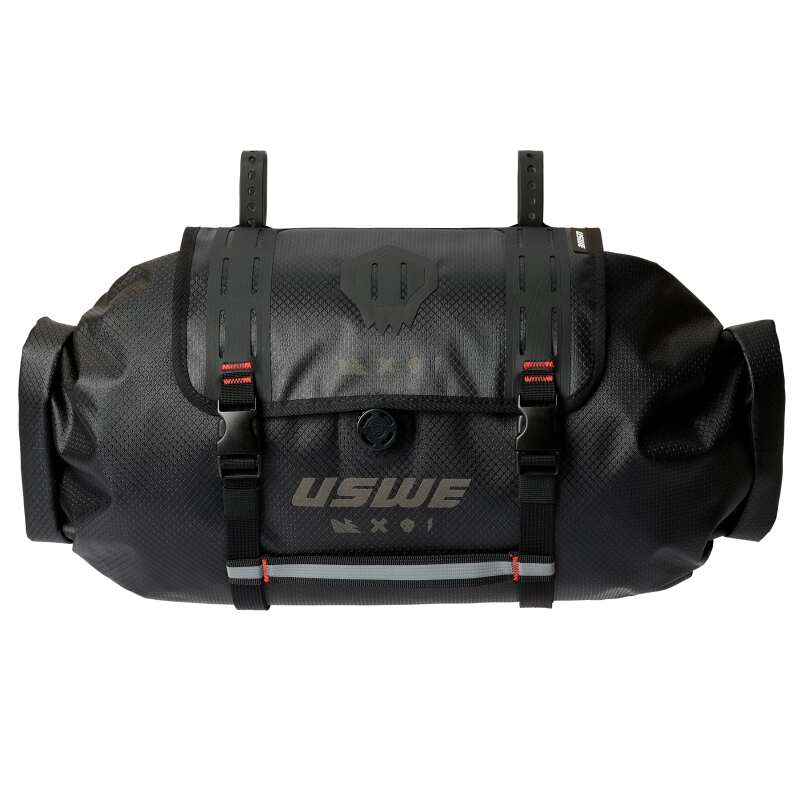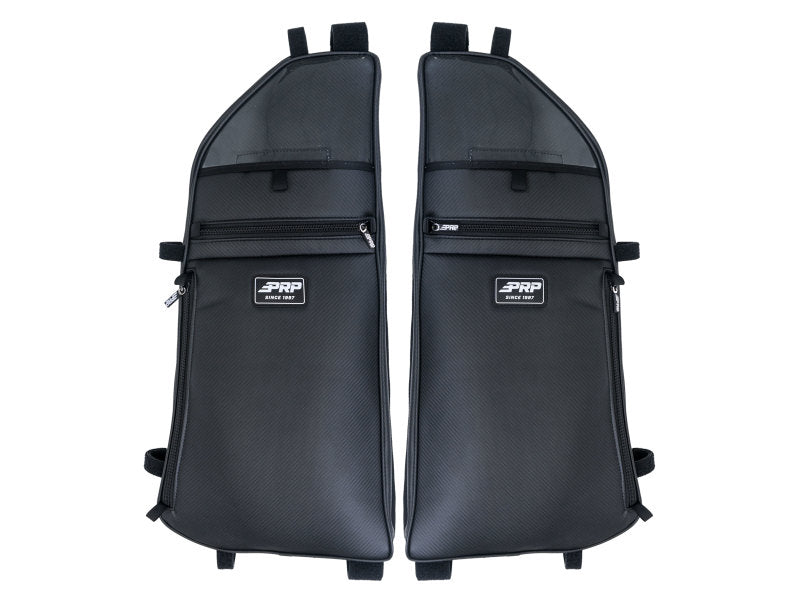When picking a truck exhaust tip, you’ll need to measure your tailpipe’s width and think about what it’s made of. Most diesel trucks work best with 4-5 inch tips, while gas trucks need 2.5-3.5 inch ones. Stainless steel tips last long and won’t rust, and titanium tips handle high heat better but cost more. You can clamp or weld tips on, but it’s smart to let a pro handle big tips. The tip’s size and shape change how your truck sounds - bigger tips make deeper sounds, smaller ones make sharper sounds. With so many choices in looks, materials, and how they work, you need to pick carefully to get the best tip for your truck.
Key Takeaways
-
Measure your truck’s exhaust pipe diameter accurately and choose a tip size that’s slightly larger for proper fitment.
-
Consider your truck type - diesel trucks typically need 4-5” openings, while gas trucks use 2.5-3.5” exhaust tips.
-
Select stainless steel tips for durability and rust resistance, especially in areas with harsh weather conditions.
-
Check bumper clearance and ground height to ensure the tip won’t scrape or interfere with vehicle components.
-
Choose between single-wall or double-wall tips based on desired sound - larger tips produce deeper tones, smaller tips create sharper notes.
Understanding Truck Exhaust Tip Basics
Truck exhaust tips come in many shapes and styles that can make your truck look better while helping it run well. You can choose from simple single-wall tips, stronger double-wall designs, smooth rolled edges, angled cuts, or tips that point down. Each style changes how your truck looks and works. Carbon fiber tips offer high performance and lightweight strength. Custom exhaust solutions can dramatically improve your truck’s overall performance.
The metal you pick matters a lot. Stainless steel fights rust well, while aluminum stays light.
You can put tips on your truck in different ways - some replace factory parts, some clamp on, and others need welding. Getting the right size is key - it must fit your exhaust pipe and not hit your bumper.
While you can install tips yourself, having a pro do it helps avoid problems with heat and noise, especially with bigger tips that trucks often use.
Common Exhaust Tip Sizes
Exhaust tips come in different sizes for trucks, with openings measuring between 2.5 and 5 inches where they connect to the pipe. Getting the right size matters for how well your truck runs and looks, and many drivers with lifted trucks now prefer wider tips at the end. A quality air intake system can complement your exhaust setup for maximum performance gains.
-
Diesel trucks need bigger 4-5” openings for the exhaust to flow well.
-
Regular gas trucks use smaller 2.5-3.5” openings.
-
The end of the tip can be 6-10” wide, with 8” being the most common on lifted diesel trucks.
-
Tips with two layers of metal hold up better when using bigger sizes.
To get the right fit, you need to measure your current exhaust pipe size carefully. High-quality tips made from 304 stainless steel provide excellent corrosion resistance in all weather conditions.
Also, check how high your truck sits and make sure there’s enough room under the bumper.
When adding aftermarket parts, the size needs to be exact to keep the exhaust flowing right and make the sound you want.
Materials and Durability Factors
Truck exhaust tips mainly come in three types: stainless steel, titanium, and chrome-plated steel. Each type works differently and lasts for varying times.
Stainless steel is a smart choice - it’s not too expensive, won’t rust easily, and handles hot temperatures well. Just like quality motor oil, proper materials help maintain optimal engine performance. Titanium is super strong and light, and deals with heat perfectly, but costs much more.
Chrome-plated steel looks shiny and nice but needs lots of care to stop it from peeling and rusting. Modern chrome tips use an electroplating process that helps fight off corrosion better than regular steel.
Some makers also use aluminum and galvanized steel, but these aren’t great choices. Aluminum bends too easily when hot, and galvanized steel starts failing when things get really hot (above 600°F).
If you want something that will last and work well, stainless steel and titanium are your best bets. They stand up to acid from exhaust fumes and very hot temperatures without breaking down.
Style Options for Truck Tips
Truck exhaust tips come in many eye-catching styles that look good and work well. You can choose between basic single-wall tips that are easy to put on, or tougher double-wall tips that last longer. Each type brings its own special look and can be changed to match what you want. Just like custom performance wheels, these modifications can dramatically transform your truck’s appearance.
-
Hex tips show off clean, sharp six-sided cuts.
-
Twin tips create a sporty look with two side-by-side openings.
-
Turndown tips point to the ground and change how your truck sounds.
-
Tips with built-in fins look like mini jet engines.
You can get these in stainless steel options for maximum durability and rust resistance. You’ll find tips with thick, rounded edges that look tough, angled cuts that work great on off-road trucks, and slanted cuts with smooth edges. All these choices fit well with your truck’s exhaust and leave enough room around the bumper cutouts.
Performance Impact of Tip Selection
Exhaust tips mainly change how your car sounds, not how it performs.
Bigger tips make deeper, fuller sounds, while shorter ones make sharper, louder sounds.
Many people think exhaust tips boost engine power, but this isn’t true.
What really matters is how the whole exhaust system is built - things like the muffler design and how the pipes are laid out.
While tips can shape the sound waves and tone of your exhaust, they don’t help or hurt how well exhaust flows through the system.
When picking a tip, think about the sound you want, if it fits your car’s setup, and how it looks - not about making your car faster.
Installation and Fitment Guidelines
Installing exhaust tips starts with getting the right measurements and checking how they’ll fit. You’ll need to measure the tailpipe width and make sure there’s enough space around the bumper to avoid fitting problems.
For the best results, use WD-40 to help things slide together, and attach the tips by welding them or using strong screws.
-
Use calipers to measure the tailpipe and tip openings
-
Check how much room you need near the bumper
-
Add WD-40 before putting parts together
-
Tighten everything to the right level and check again after 500 miles
Some helpful tips: Make sure everything lines up before final mounting, check that the metals will work together, and keep enough space from parts that can get too hot.
If the job seems tricky, taking it to a professional can help avoid common mistakes and get the best results.
Maintenance and Care Requirements
Regular care of truck exhaust tips needs careful cleaning, protection, and checks. Clean the tips with soft brushes and mild soap, then dry them well to stop water from sitting on them.
To fight rust, use special anti-rust sprays or chrome polish, especially on stainless steel parts.
The type of metal used makes a big difference in how much care is needed. Stainless steel tips fight rust better, but chrome tips need more frequent care.
When checking tips, look for signs of rust, damage, and worn-out surfaces. If you need to put in new tips, make sure they fit perfectly and have the right gaskets.
Taking good care of exhaust tips helps them last longer and keeps your engine running smoothly by letting exhaust flow freely.
Sound Effects From Different Tips
Different truck exhaust tips make unique sounds based on their size, shape, and what they’re made of. Tests show that small tips make higher, sharper sounds, while big tips create deeper, rumbling noises. Tips made from stainless steel sound crisper than those with chrome coating.
-
Small tips (2-3 inches wide) make higher sounds than big ones
-
Tips cut at an angle make louder, more aggressive sounds
-
Tips with double walls keep the sound in better while keeping the tone
-
Tips with rolled edges soften the sound a bit
Tips that point down help make the sound quieter, while tips with cooling fins change how the exhaust sounds to boost performance.
How thick the tip is and what it’s made of also change its sound.
Popular Brands and Models
Leading truck exhaust tip makers offer different features to stand out from each other.
Flowmaster makes quality tips from aluminized and stainless steel, while Borla uses tough T-304 stainless steel and backs it with a lifetime warranty.
Magnaflow gives buyers many material choices and focuses on smooth airflow design.
Different models work with different trucks.
Dynomax sells systems that are street-legal in all states, with smoothly bent pipes and all needed parts included.
MBRP’s parts fit right on without any cutting or changes needed.
Each brand improves truck performance in its own way: Flowmaster makes air flow better, Borla builds mufflers that don’t restrict flow, and Magnaflow creates parts that boost power and save gas.
These companies keep lists of which parts fit which trucks to help buyers choose the right ones.
Legal Requirements and Regulations
Truck exhaust rules require owners to follow several key safety standards. The rules cover how the system is built, installed, and works. All parts must be made of metal, firmly attached with proper supports, and stay sealed without leaks.
Inspectors check for:
-
All needed parts - muffler, engine connection pipes, and tailpipes
-
Strong, tight attachments that keep everything in place
-
No illegal changes like bypass pipes or holes
-
Proper flow of exhaust gases away from where people sit
Breaking these rules can cost drivers up to $1,000 in fines, especially for banned changes to the system.
Safety stations must check these items during yearly inspections, though they don’t measure how loud the exhaust is under current rules.
Frequently Asked Questions
Can Exhaust Tips Affect Fuel Economy or Gas Mileage?
Changing your exhaust tips can slightly affect how much gas your car uses by changing how easily exhaust flows out of your car. While these changes are small, they mainly affect how your car sounds and runs rather than saving you money at the pump.
How Long Do Chrome Exhaust Tips Typically Last Before Showing Signs of Rust?
Chrome exhaust tips usually stay shiny and clean for 2-4 years before rust starts to appear. Better-quality tips with three layers of chrome will last much longer, especially if you clean them often and take good care of them.
Will Bigger Exhaust Tips Void My Truck’s Warranty?
Simply adding larger exhaust tips usually won’t void your warranty, but you need to be careful. If the tips damage your truck’s exhaust system during installation or use, the manufacturer can deny warranty claims. Each truck maker has different rules about aftermarket parts. To stay safe, have a skilled mechanic put them on rather than doing it yourself.
Can I Install Different Sized Tips on Dual Exhaust Systems?
You can put different sized tips on your dual exhaust, but it’s not a good idea. Using uneven tips can mess up how the exhaust flows, throw off the pressure balance, and make your exhaust system work poorly.
Do Exhaust Tips Need to Be Welded, or Are Clamps Secure Enough?
Sturdy clamps can hold exhaust tips firmly in place for most everyday uses, while welding creates a lasting bond. For clamps to work well, you need to tighten them correctly and check them now and then to make sure they stay snug.
Conclusion
Selecting ideal truck exhaust tips requires careful consideration of diameter ratios, material composition, and installation specifications. Performance metrics indicate minimal power gains from tip modifications alone, though proper sizing remains critical for exhaust flow efficiency. Compliance with local noise ordinances and emissions regulations must guide final selections. Quality stainless steel construction with precise fitment specifications guarantees longevity and maintains system integrity under varied operating conditions. For professional guidance on exhaust tips, visit Gexhaust or Contact us to discuss your specific requirements.





